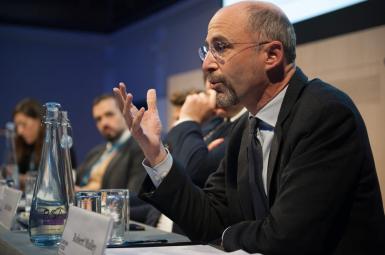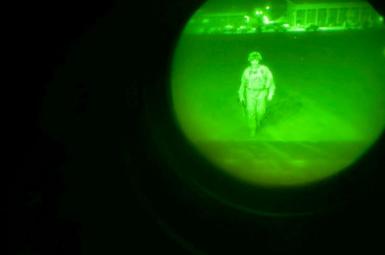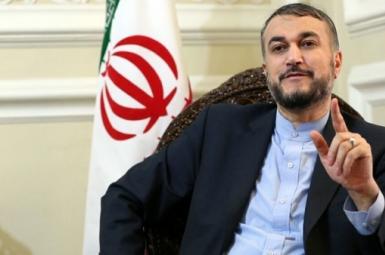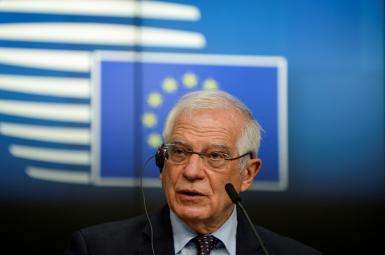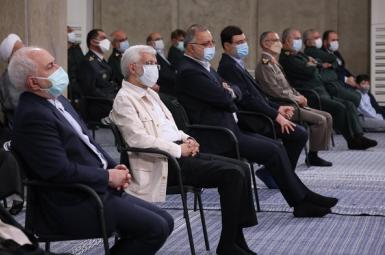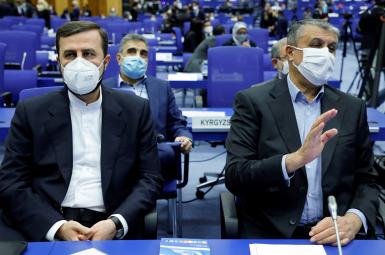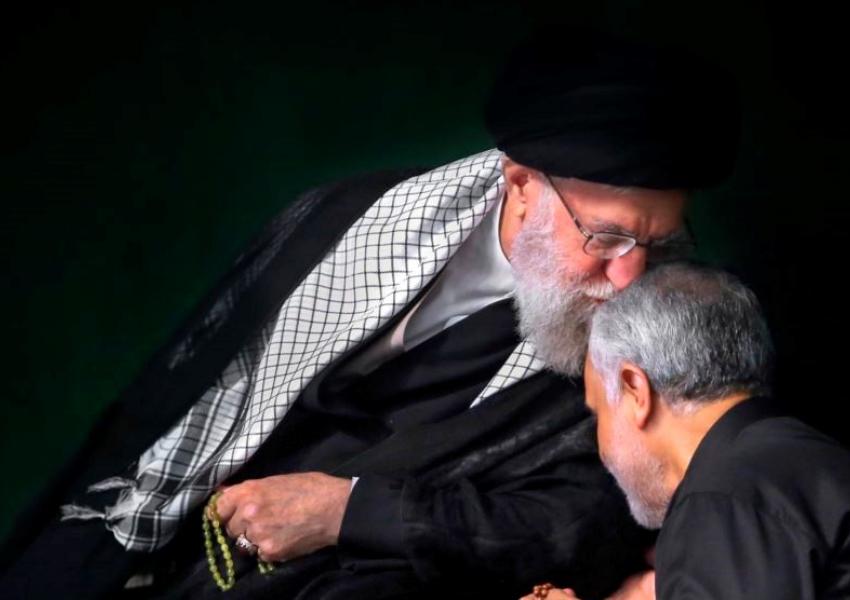
Yahoo News Gives Fresh Information On Soleimani Killing
Yahoo News has published new details of the United States January 2020 operation to kill Iran’s top Middle East military commander Qasem Soleimani, including the presence of US special forces on the ground near the spot where missiles fired from a drone destroyed the general’s car, killing him and nine others. Yahoo’s account is based on information from 15 current and former US officials.
Soleimani rose through the ranks of Iran’s Islamic Revolution Guard Corps during the 1980s Iran-Iraq war and became the commander of its extraterritorial Qods or Quds Force 20 years ago. He played a leading role as the architect and choreographer of Iran’s effort to extend its regional influence by organizing allies and proxies, supplying training and arms, and developing Iran’s own strategy of asymmetrical warfare.
Soleimani took on a public role through organizing disparate Iraqi groups in fighting the Islamic State group (Isis), a role that gave him wide recognition at home.
The account by Yahoo news brings out several interesting pieces of information not revealed in the 16 months since Soleimani was assassinated on January 3, 2020.
Boots On The Ground
There were units of US special forces a few hundreds of yards from the spot where two SUVs carrying Soleimani, Iranian colleagues and Iraqi Shiite allies from the airport when the hellfire missiles fired by drones hit the vehicles. The special units, including snipers, were a back-up plan in case the drone strike failed. Interestingly, the account says that Kurdish special forces trained by the US were also on the ground to assist in the operation.
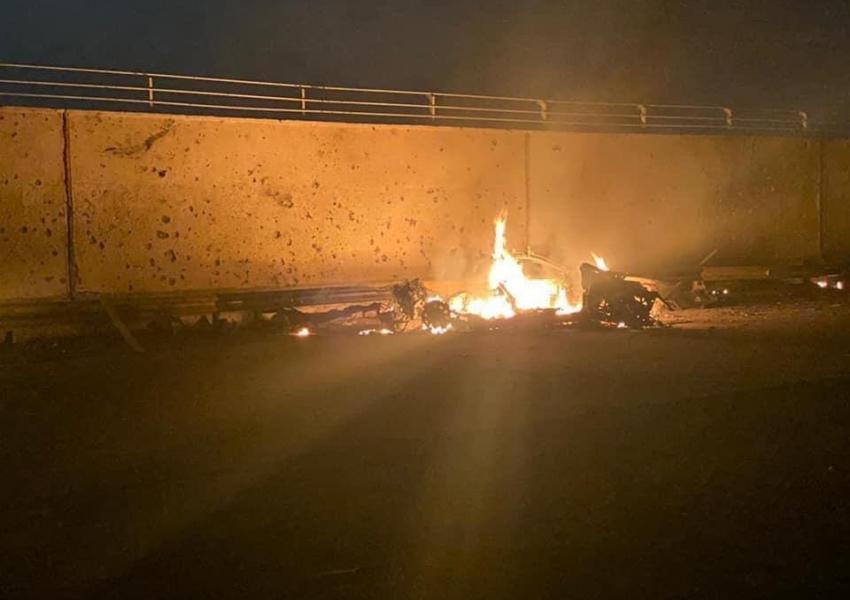
The Decision
The idea of taking out Soleimani went back to the first year of the Trump administration, but many in the CIA and Pentagon had their doubts as to the consequences. According to the Yahoo account, “some CIA officials believed that the administration was trying to force an Iranian escalation, which would then allow the US to strike back even harder against Tehran.”
Finally, as attacks on US targets in Iraq intensified by November 2019 and one US contractor was killed, Donald Trump decided it was time to move.
The Plan
Various options were considered, including methods that would not have directly linked the US to the killing, but the airstrike was chosen, perhaps because Trump had no qualms about showing his role before the US presidential election. The plan also included the option of targeting other Iranian military leaders at about the same time.
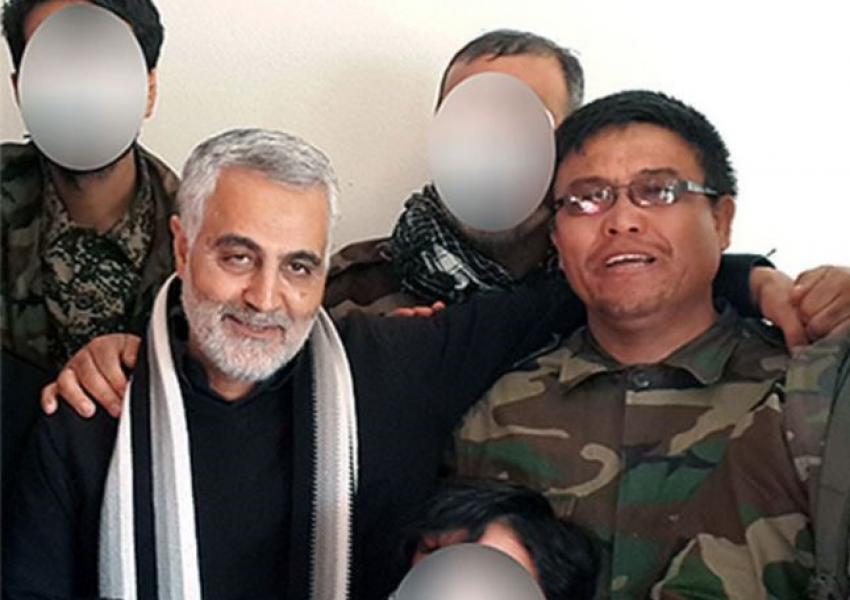
Allied Help
Yahoo News speaks of intelligence assistance by Israel, but the account in general indicates that the US must have had help locally in Iraq, specially around the airport and in terms of intelligence, in addition to the role played by Kurdish special forces. Soleimani arrived on a commercial flight from Damascus.
The Role Of Pompeo
Mike Pompeo as head of the CIA in 2017-18 played a crucial role in starting the planning and creating momentum for the killing. Several other Trump officials were also closely involved, including Iran Special Envoy Brian Hook. The Pentagon was reluctant but eventually the job was given not to the CIA but to the armed forces.
The US justified the killing as a pre-emptive strike in self-defense, an argument rejected by many experts in international law, including the UN special rapporteur Agnes Callamard, on the grounds there was no evidence of ‘imminent threat.’
The Aftermath
So far, the worst fears over Iranian retaliation and escalation have not materialized, except for a substantial ballistic missile attack on US bases in Iraq five days after Soleimani’s killing. While this did not catch the US by surprise, with 50 aircraft and 1,000 troops evacuated from al-Asad base west of Baghdad, over 100 US soldiers suffered traumatic brain injuries.
General Frank McKenzie, head of US Central Command, later suggested there would have been a further US response if any US troops had died.
Some believe Iran will eventually try to take out a high-value American target. Pompeo and Hook are perhaps the kind of former officials that could be targeted, and they are probably receiving special protection.
The recent annual US Worldwide Threat Assessment, produced with input from all US intelligence agencies, suggested Soleimani’s death had “degraded” Iran’s regional alliances while Tehran was now “increasing partner and proxy engagement…to maintain strategic depth.”
Soleimani’s killing led, the report concluded, to a “significant increase in the threat to US interests in Iraq from Iran-backed Iraqi Shia militias seeking to secure a US drawdown.”
